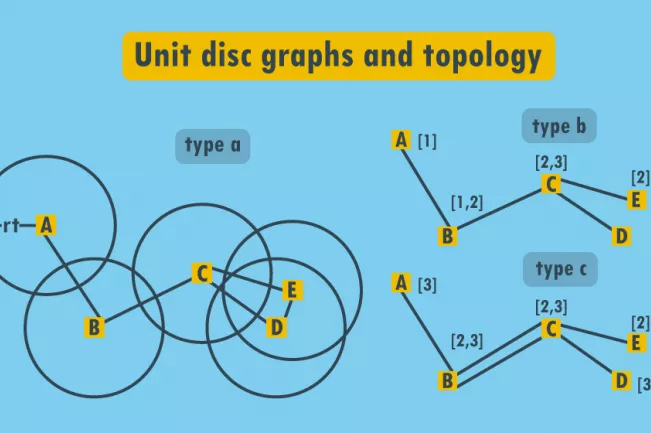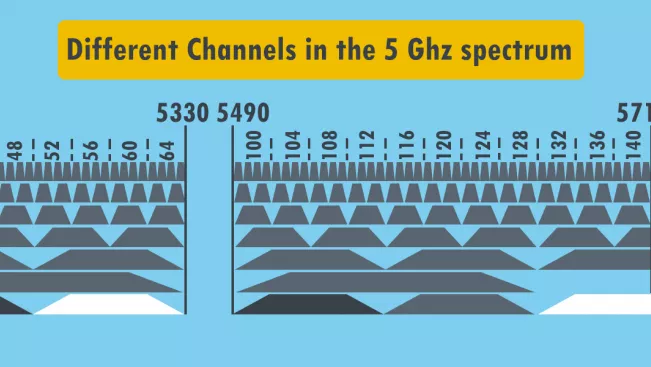Channel Assignment in Long-Distance WiFi Networks

Motivation
Rural areas often lack affordable broadband Internet connectivity. The resulting digital divide limits the access to knowledge, health care, economic growth and other services for billions of people. Our approach to solve this issue are long-distance wireless backhaul networks using off-the-shelf IEEE802.11 receiver. A major issue for these type of networks is that the channel occupancy in the unlicensed ISM or U-NII band is increasing due to immense opportunities and applications it can be utilized for.
With its integration as an essential part of future heterogeneous networks particularly for traffic offload and backhaul for small cells, deployment of 802.11 based networks is growing. Deployment of a vast number of small cells to complement improved and densified macro cells is already discussed for the next generation mobile network leading to an increased complexity of the backhaul. Furthermore, channel bonding mechanisms in 802.11n/ac, enable the usage of wider channels but also increase the likelihood of co-channel interference. The increasing demand for bandwidth of today's customers, in particular for triple-play services including video-on-demand results in an increased usage of radio transmitters in rural areas. On important places like radio towers the amount of free spectrum decreases. In crowded situations like events and fairs or places like universities the large amount of participants leads to a situation where the allocated spectrum is not sufficient for an error free data transmission. With the increasing distributions of wireless technologies in consumer hardware this situation aggravates.
Overall this leads to a situation where unlicensed spectrum will be increasingly occupied by different commercial and private participants demanding a better coordination of the usage.

Problem Definition
One key issue of all radio networks is that if several transmitters use the same frequency band at the same time and at the same place, interference will occur leading to a damaged transmission. Due to this reason the usage of frequencies needs to be coordinated among the participants in a specific band. Different approaches are possible to realize this coordination
In the licensed spectrum a central organization, for example a mobile operator or a TV broadcaster, coordinates the usage of different frequencies. Radio stations are configured in a way that interference in a specific area will be avoided. Professional tools tailored for a specific technology are used to calculate a static assignment of spectrum.

In the unlicensed bands several participants compete for the available spectrum following rules defined in various standards. These rules are aimed at providing all participants with time on the shared medium using specific algorithms. An example of such an algorithm is the so called Carrier Sense Multiple Access/Collision Detection (CSMA/CD) protocol specified in the 802.11 standard. For certain use-cases and a low number of participants this is a valid approach. However, the maximum throughput significantly decreases with an increasing number of transmitters.
Frequency allocation in WiLD networks is usually done manually. At the setup phase of a wireless link a frequency is chosen and occupied permanently with the maximum allowed transmission power. Frequency allocation is at best conducted before setting up the network or if interferences are detected. The professional tools are not used for these kind of networks because they are not available for public usage and are mainly designed for cellular approaches. Despite of the statutory radar detection in the 5 GHz part of the ISM-Band there is nearly no dynamic re-allocation of spectrum done in todays WiLD approaches.
Current Work
Michael Rademacher: Optimization of IEEE802.11 based networks for carrier-grade Internet backhaul and service provisioning in rural areas (PhD Thesis)
The contact person of this project is Michael Rademacher.